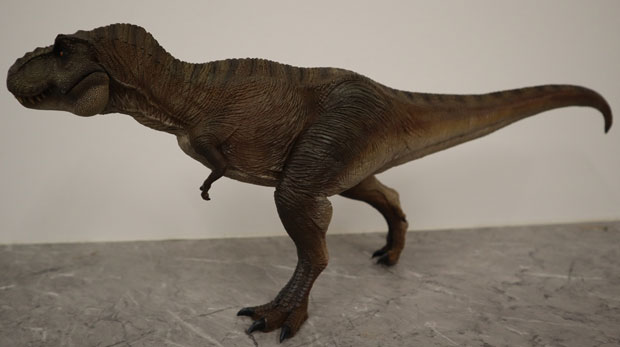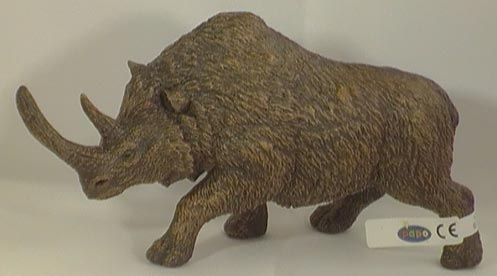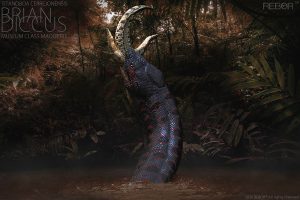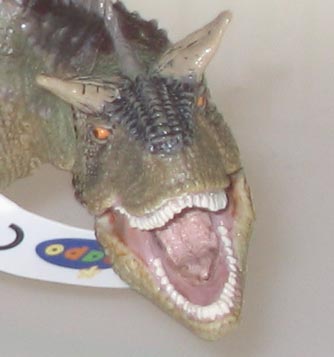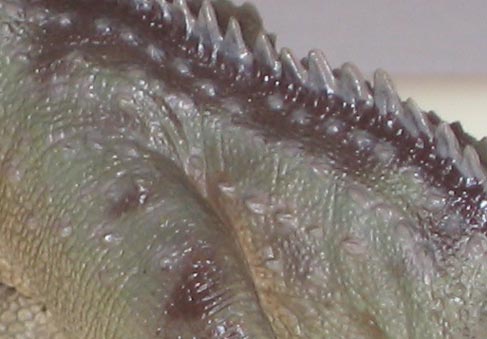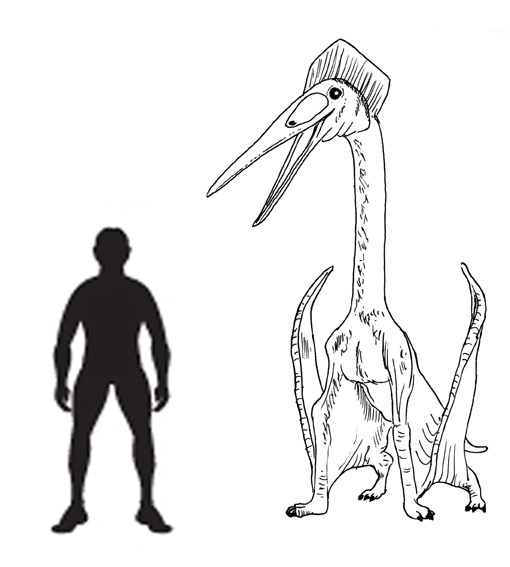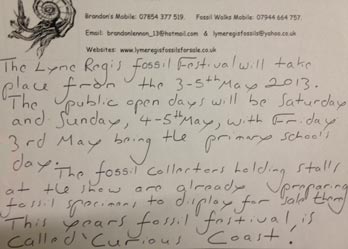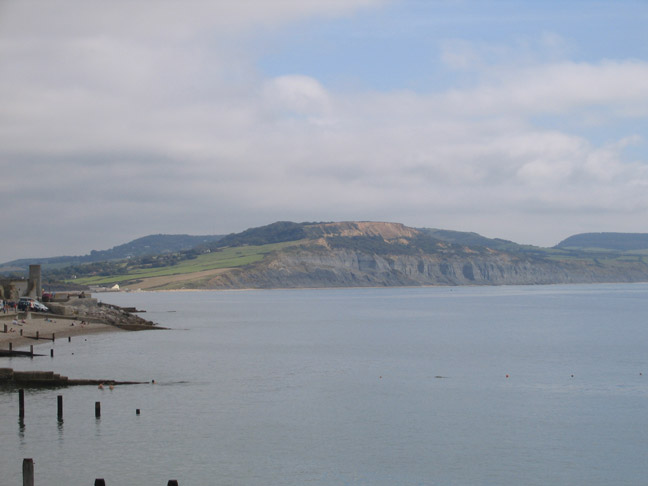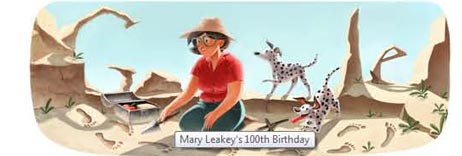International Team Establish Most Accurate Date Yet for Extraterrestrial Impact
If you were able to travel back in time, one part of Earth’s history that would be best avoided would be 66,038,000 years ago plus or minus 11,000 years, as this period has been identified by a team of international researchers as being the time of the impact of a huge object from space that aided the extinction of the Dinosauria and the demise of about seventy percent of all land animals.
Cretaceous Mass Extinction
Scientists from the Berkeley Geochronology Centre (University of California), in co-operation with colleagues from Glasgow University and Vrije University (Amsterdam, Holland), have concluded that an asteroid, meteorite or possibly even an object such as a comet collided with the Earth approximately 66.038 million years ago. Although this single event may not have been the cause of the mass extinction, the scientists conclude that if the extraterrestrial impact was not wholly responsible, it would have contributed significantly to the global extinction event.
Based on the dateline evidence that the team established, the impact of a large extraterrestrial object in the Gulf of Mexico area could have proved to have been the final blow that saw off the Dinosauria, marine reptiles and pterosaurs.
Published Research
Commenting on the research, which has just been published in the academic journal “Science”, one of the Californian based authors of the paper stated that the extinction and the impact are synchronous to each other and therefore it is highly probable that the impact played a major role in the mass extinction. In essence, the impact from outer space and the subsequent environmental and climatic chaos that followed, may have been the “tipping point” for the dinosaurs, finally leading to their extinction.
It was father and son Luis and Walter Alvarez who first published a theory (1980), stating that a thin layer of clay enriched with the rare Earth element iridium found at the boundary between Uppermost Cretaceous strata and younger Cenozoic deposits marked the impact of a large, extraterrestrial object. It was these two American scientists who first claimed that this was evidence of a meteorite or some other object from outer space colliding with the Earth.
Although the American scientists did not know where the impact actually occurred. This was resolved when the Chicxulub crater, a geological feature that had been first identified in the 1970s, was more thoroughly examined in the 1990s and it was established that this feature had been created around the time of the end of the Cretaceous. The object, measuring around ten kilometres in diameter and travelling at around thirty kilometres a second smashed into the Gulf of Mexico, close to what is now the village of Chicxulub on the coast of Mexico’s Yucatan peninsula.
The impact was cataclysmic, some scientists estimate that the collision released energy equivalent to 100 million hydrogen bombs. A crater was blasted into the Earth more than 100 kilometres wide and up to 12 kilometres deep. Virtually all life within thousands of miles of the impact zone would have been annihilated almost immediately. Some 50,000 tonnes of rock was thrown up into the Earth’s atmosphere and huge quantities of sulphur was released, which when mixed with water droplets then fell to Earth as vast amounts of dilute sulphuric acid (acid rain), destroying what vegetation had survived the earthquakes, tsunamis and wildfires.
Dating the Catastrophe
This new research helps to clarify any potential concerns over the timing of this catastrophic event in the history of life on Earth. This event seems to have taken place at around the time of the mass extinction, not a long time before or indeed after the extinction event. The impact and the mass extinction seem to be contemporaneous with each other.
Some scientists have argued that there may have been two extraterrestrial impacts at or around 65-66 million years ago, whilst others have provided evidence to suggest that the dinosaurs and other large, land vertebrates lived for approximately 300,000 years after the impact event. This new research may not end the debate on the Cretaceous mass extinction event but at least it allows scientists an opportunity to build up a more accurate timeline of events at the very end of the Age of Dinosaurs.
Tektites, glassy spheres of molten rock that had been created at the moment of impact and hurled up into the atmosphere to later fall to Earth formed an important element in this new dating study. If this material along with other elements that make up the famous K-T boundary between Mesozoic aged and Cenozoic aged deposits could be dated accurately then a more precise date for the actual impact could be established.
Part of the scientific team travelled to Haiti to collect tektites whilst other researchers explored the Upper Cretaceous sediments such as volcanic ash laid down in the famous Hell Creek Formation of Montana (United States). Samples were gathered and analysed in laboratories using a dating technique called “argon to argon dating”.
“Argon to Argon Dating”
The samples were analysed in laboratories in the United States, “argon-argon dating” was used to determine their ages more precisely. Argon-argon dating is a form of radiometric dating. Radioactive elements decay and have isotopes which allows scientists to date the formation of certain elements within igneous rocks, thereby making it possibly to establish a chronology of the Earth’s history. This dating technology uses the fact that naturally radioactive potassium decays into argon at a very regular rate. Determining the ratio of these two elements in a sample provides a geophysicist with a method of calculating the age of the sample material.
For models and replicas of Upper Cretaceous dinosaurs and other prehistoric creatures: Bullyland Prehistoric Life Models.
University of Glasgow researchers conducted their own independent analysis of the samples and they confirmed the results of the American research team, thus the researchers were able to establish a new, more accurate date for the Yucatan impact.
The team are keen to point out that this single, terrible impact event was not the sole cause of the mass extinction. Towards the end of the geological period known as the Cretaceous there seems to have been a number of other factors in play all contributing to climate change. The sustained and immense volcanism which occurred in what was to become India would have had a major impact on the Earth’s climate. The enormous basaltic lava flows of western and central India – known as the Deccan Traps, indicate that the most violent and devastating eruptions are dated very closely to the mass extinction event. This geological activity would have had a significant impact on the Earth’s climate and this activity could have been a causal factor in the mass extinction. The international research team hope to be able to use the argon-argon dating techniques to accurately map and date the Deccan Traps. In doing this, the team will be helping to build up a more complete picture of the series of events that led to the demise of the dinosaurs.
To read an article that explores the possible range of contributory factors involved in the Cretaceous mass extinction event: Exploring the Cretaceous Mass Extinction.
